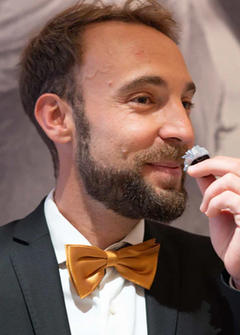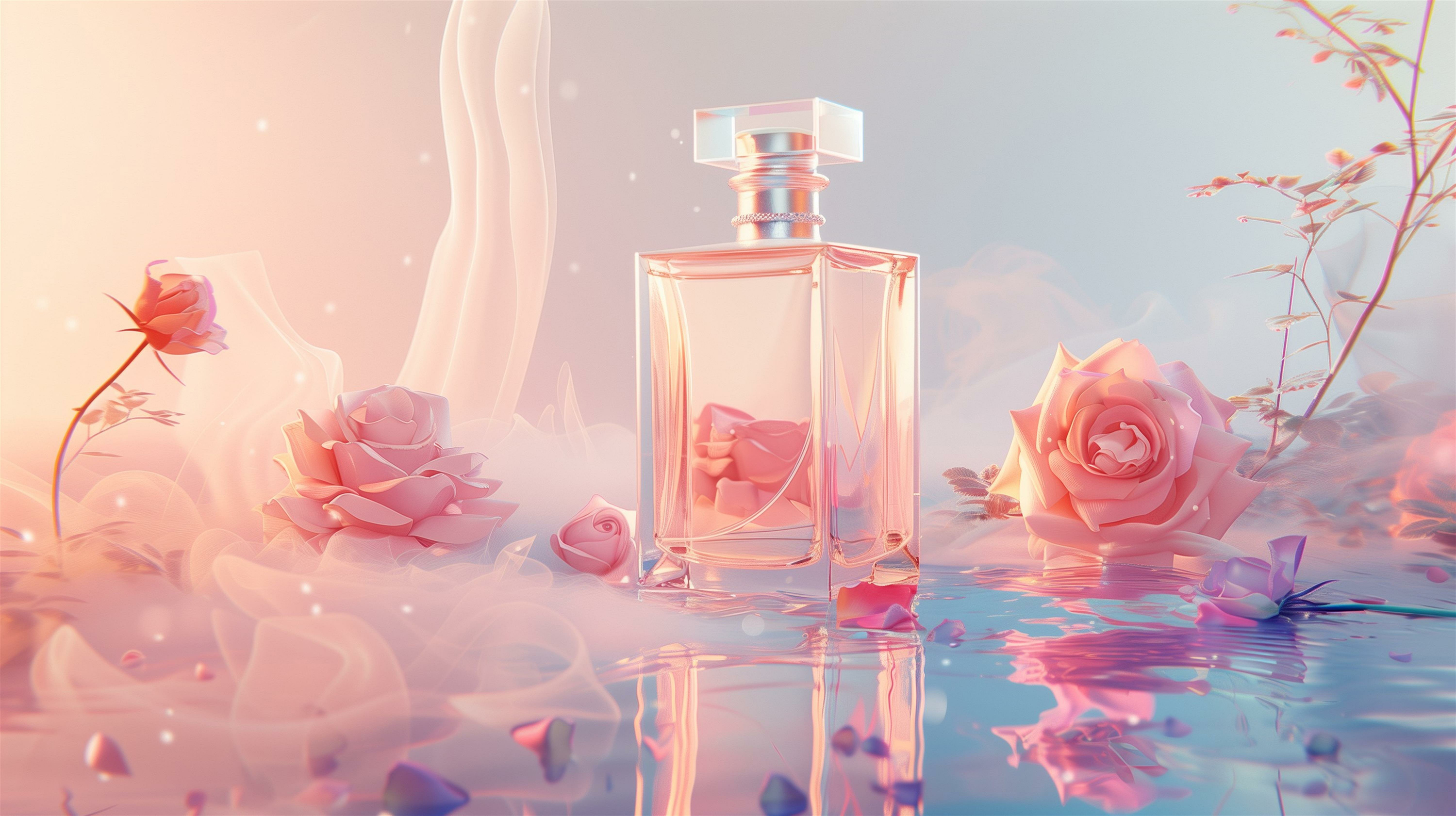
Skinification
Skin care
peer-reviewed
Skinification in Perfume:
The world of Fine Fragrance is shifting
FABIAN DUBLER
Head of Product- & Business Development, Microcaps AG, Zurich, Switzerland
ABSTRACT: The concept of skinification has arrived in the fine fragrance market. The trending term is expected to define consumer expectations and product innovations in the coming year as it has shaped product innovations in other markets such as the field of makeup and haircare products in the past few years. Behind the buzzword lies more than just marketing: It shows that fine fragrance consumers increasingly seek perfumes that provide skincare benefits on top of an outstanding fragrance experience. This movement aligns very well with the growing focus on holistic beauty and a more health-conscious lifestyle. Therefore, it was only a matter of time until perfume consumers discovered their need for more health-centred perfumes too. This article aims to inform cosmetic professionals about the relevance of the topic of “skinification” in fine fragrance and how they can implement it in their future products.
??????????????????
“
“A study in healthy women providing probiotic yogurt for four weeks showed an improvement in emotional responses as measured by brain scans”
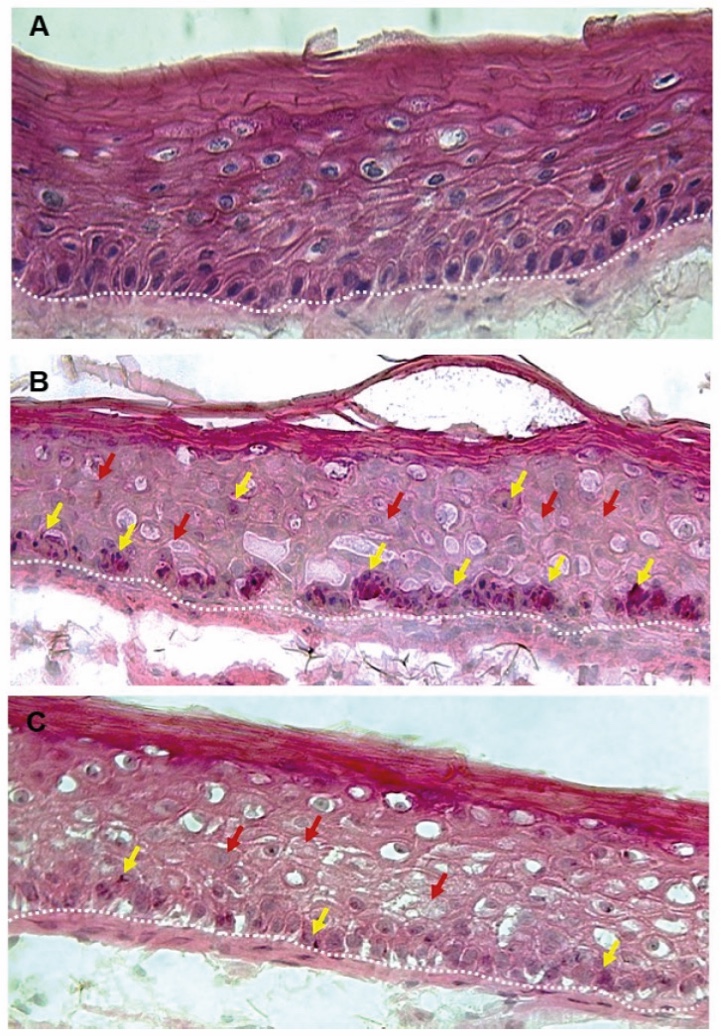
Figure 1. Skin Section with Microbiome. Most microorganisms live in the superficial layers of the stratum corneum and in the upper parts of the hair follicles. Some reside in the deeper areas of the hair follicles and are beyond the reach of ordinary disinfection procedures. There bacteria are a reservoir for recolonization after the surface bacteria are removed.
Materials and methods
Studies of major depressive disorder have been correlated with reduced Lactobacillus and Bifidobacteria and symptom severity has been correlated to changes in Firmicutes, Actinobacteria, and Bacteriodes. Gut microbiota that contain more butyrate producers have been correlated with improved quality of life (1).
A study in healthy women providing probiotic yogurt for four weeks showed an improvement in emotional responses as measured by brain scans (2). A subsequent study by Mohammadi et al. (3) investigated the impacts of probiotic yogurt and probiotic capsules over 6 weeks and found a significant improvement in depression-anxiety-stress scores in subjects taking the specific strains of probiotics contained in the yogurt or capsules. Other studies with probiotics have indicated improvements in depression scores, anxiety, postpartum depression and mood rating in an elderly population (4-7).
Other studies have indicated a benefit of probiotic supplementation in alleviating symptoms of stress. In particular, researchers have looked at stress in students as they prepared for exams, while also evaluating other health indicators such as flu and cold symptoms (1). In healthy people, there is an indication that probiotic supplementation may help to maintain memory function under conditions of acute stress.
Three Key Elements of Skinification in Perfumery
The new demand for skinification of fragrance confronts fragrance brands with three essential requirements for perfume formulations:
1) Multifunctional Compositions
Modern fragrance formulations are evolving to incorporate ingredients that deliver more than a complex, pleasant scent. They should include ingredients that nourish and hydrate the skin, such as moisturizing agents. A good example for this is Bella Hadid’s perfume brand, “Orebella” (1), which exemplifies this trend with its skincare-infused, mood-boosting fragrances.
2) Skin-Friendly Perfume Ingredients
A growing number of consumers are demanding natural and non-irritating ingredients in their perfumes. This shift addresses the needs of consumers with sensitive skin and those who prioritize clean, non-toxic perfume products. The fragrance industry is already witnessing a rise in formulations that exclude harsh chemicals and instead use gentle, “clean” ingredient alternatives.
3) Innovative Textures
Traditional alcohol-based perfumes are currently being reimagined with alternative textures and delivery systems. Solid perfumes, fragrance-infused creams, and capsule-based scents, such as Xerjoff’s Newcleus (2), offer an enriched sensory experience while providing a soothing effect on the skin and enhanced fragrance longevity. In the future we can expect more innovative and creative delivery systems like this.
Did the pandemic boost the acceleration of skinification?
The COVID-19 pandemic affected our lives in many ways. Furthermore, it is known that it accelerated trends which were already there before. This is also the case for skinification of beauty products. With lockdowns and home-office policies, consumers suddenly spent more time and money for their skincare routines. This further accelerated the need for high-quality skincare- & makeup products and surely also boosted the skinification movement in the fine fragrance market.
The Fragrance Industry’s Slow Adoption of Skinification
While consumers rapidly picked up the shift towards more skin-friendly beauty products and the advantages of skin-friendly fragrances seem clear, the fine fragrance industry has been surprisingly slow in adapting to this important shift. Currently, only less than 5% of fine fragrance products on the market claim to offer “skin health” benefits (3). This number shows that there still is a lot of room for improvement and innovative, creative products in a market where innovation had become more and more marginal in the past two decades. This is especially surprising given the fact that the opportunities to create new, innovative products outweigh the given risks by far.
Three Important Opportunities for Perfume Brands
For research and development (R&D) teams and marketing strategists within the perfume industry, the skinification trend presents the following opportunities for innovation:
- Perfume brands have the opportunity to innovate by combining fragrance ingredients with active skincare components, creating products that deliver both sensory and functional benefits. By carefully formulating perfumes that not only provide a captivating scent but also contribute to skin health, brands can appeal to consumers who are looking for multi-purpose beauty products. This approach allows for the development of fragrances that go beyond traditional perfumery, offering hydration, nourishment, or other skincare advantages while maintaining an outstanding olfactory experience. Emphasizing the synergy between scent and skincare presents additional value, aligning with the growing demand for holistic beauty and fragrance products.
- Innovative application methods, such as encapsulated fragrance technologies and natural formulations, are changing the way perfumes are experienced while simultaneously enhancing their skincare benefits. These advanced delivery systems not only improve scent longevity but also introduce new functional advantages, such as hydration and skin nourishment. Additionally, these solutions can upgrade the visual appeal of products, making them more distinctive and desirable for consumers. With enhanced aesthetics and an improved user experience, new delivery systems add value to products, helping brands differentiate themselves in an increasingly competitive market.
Fragrances with customizable and impactful formulations offer a unique opportunity for personalization, catering to diverse skin types, specific concerns, and even emotional states. By allowing consumers to select perfumes that align with their individual skincare needs and current mood, brands can enhance the user experience while simultaneously driving additional sales. Beyond the commercial benefits, this approach also provides added value from a health and wellness perspective. The concept of mood-enhancing fragrances has gained significant traction in recent years, highlighting the growing consumer interest in products that support mental well-being. Integrating skincare benefits into fragrances that are already associated with positive emotional effects strengthens the overall product narrative, creating a compelling synergy between beauty, wellness, and self-care.
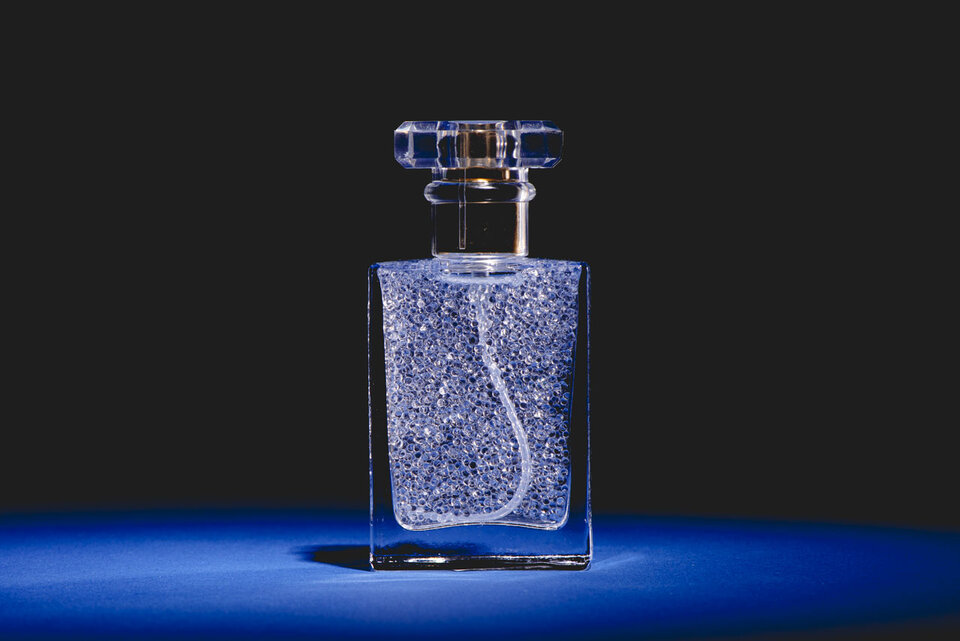
The Future of Fragrance: Where Scent Meets Skincare
Skinification is more than a passing trend, it represents a fundamental shift in how fragrances are perceived by consumers and developed by brands. This transformation is paving the way for a new era in perfumery, where beauty and wellness go hand in hand. As the industry continues to evolve, more and more innovative products will hit the market. For both brands and consumers this means disruption and the opportunity to obtain more value from perfume products. The sooner companies adapt to this, the better for their and for the consumer’s skin.
Conclusion
The future of cosmetics lies in the continued evolution of holistic approaches which represents a transformative shift in the industry, merging scientific advancements, natural ingredients, and wellness principles. By understanding and embracing the interconnectedness of these elements, the cosmetics industry can cultivate products that not only enhance external beauty but also contribute to the overall well-being of individuals and the planet.
The interplay between beauty from within and topical cosmetics is the key for future products. The integration of biotechnology and green chemistry is revolutionizing cosmetic formulations, offering sustainable and biocompatible alternatives.
Developers can implement blockchain to trace the journey of ingredients from source to product. Nevertheless, the efficacy of the natural products should be scientifically proven. Marketers can communicate transparency as a brand value, and parallelly educate consumers by highlighting how specific ingredients contribute to radiant and healthy skin.
By embracing the synergy between these approaches and leveraging scientific advancements, the cosmetics industry can provide consumers with comprehensive beauty solutions that cater to both internal and external dimensions of beauty.
Surfactant Applications
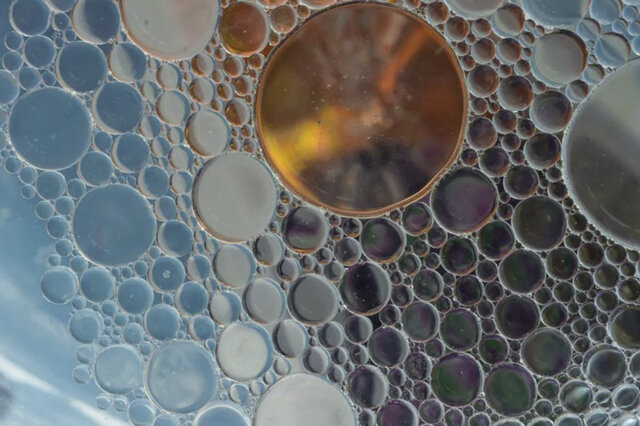
The application area lends itself particularly well to the use of AI. Active today in this area is the US company Potion AI (6). The company provides AI-powered formulation tools for beauty and personal care R&D. Their offerings include Potion GPT, next generation ingredient and formula databases and AI document processing. Potion’s work could have a significant impact on the entire surfactant value chain, from raw material suppliers to end consumers. By using their GPT technology, they can help target work toward novel surfactant molecules that have optimal properties for specific applications. By using their ingredient and formula databases, they can access and analyze a vast amount of data on surfactant performance, safety, and sustainability. By using their AI document processing, they can extract and organize relevant information from patents, scientific papers, and regulatory documents. These capabilities could enable Potion AI's customers to design and optimize surfactant formulations that are more effective, eco-friendly, and cost-efficient. A particularly interesting application for this type of capability is deformulation.
Deformulation is the process of reverse engineering a product's formulation by identifying and quantifying its ingredients. Deformulation can be used for various purposes, such as quality control, competitive analysis, patent infringement, or product improvement. However, deformulation can be challenging, time-consuming, and costly, as it requires sophisticated analytical techniques, expert knowledge, and access to large databases of ingredients and formulas.
AI can potentially enhance and simplify the deformulation process by using data-driven methods to infer the composition and structure of a product from its properties and performance. For example, AI can use machine learning to learn the relationships between ingredients and their effects on the product's characteristics, such as color, texture, fragrance, stability, or efficacy. AI can also use natural language processing to extract and analyze information from various sources, such as labels, patents, literature, or online reviews, to identify the possible ingredients and their concentrations in a product.
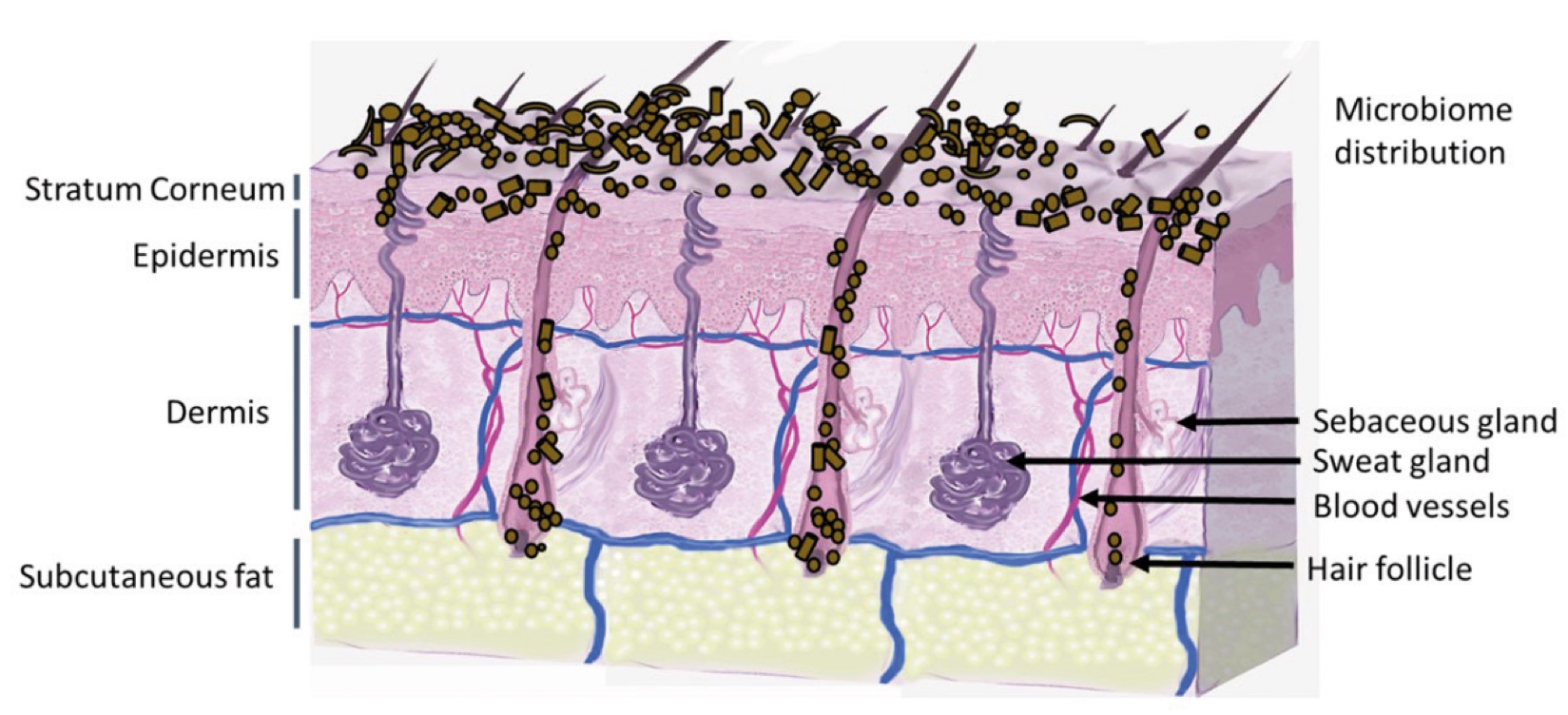
Figure 2. Skin Section with Microbiome. Most microorganisms live in the superficial layers of the stratum corneum and in the upper parts of the hair follicles. Some reside in the deeper areas of the hair follicles and are beyond the reach of ordinary disinfection procedures. There bacteria are a reservoir for recolonization after the surface bacteria are removed.
References and notes
https://www.xerjoff.com/xerjoff-sans/10550-newcleus-eau-de-parfum-alcohol-free.html
Euromonitor. Leading Fragrance Claims: Charting the Trendsetters in Skinification. 2024 https://www.euromonitor.com/leading-fragrance-claims-charting-the-trendsetters-in-skinification/report
